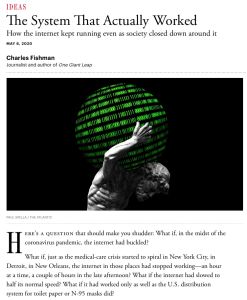
The System That Actually Worked
How the internet kept running even as society closed down around it
Recommendation
In the coronavirus pandemic, the internet became the overarching infrastructure that kept social and economic life possible. The web’s architects built it with redundancy in mind, which is why it’s so robust, with multiple ways to route every communication. Recent innovations like cloud storage make it a snap to add capacity. Writing for The Atlantic, journalist Charles Fishman analyzes the impact of COVID-19 on internet use for provider AT&T. From video meetings and classrooms to news and online shopping, the internet is, indeed, the web holding the world together.
Summary
About the Author
Charles Fishman is the author of The Wal-Mart Effect and One Giant Leap: The Impossible Mission That Flew Us to the Moon, and he co-authored A Curious Mind: The Secret of a Bigger Life with Brian Grazer.












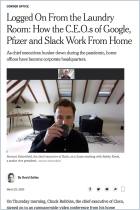
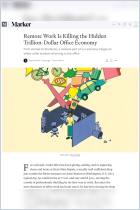
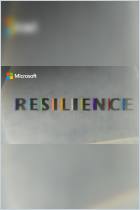
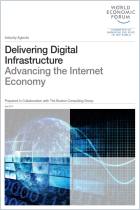




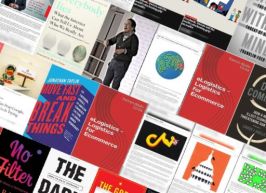

Comment on this summary or Diskussion beginnen